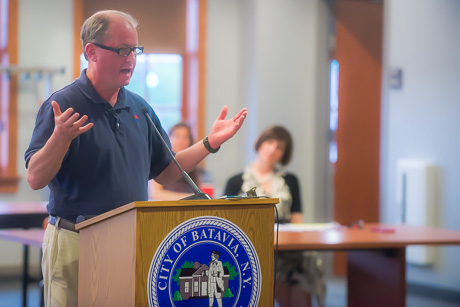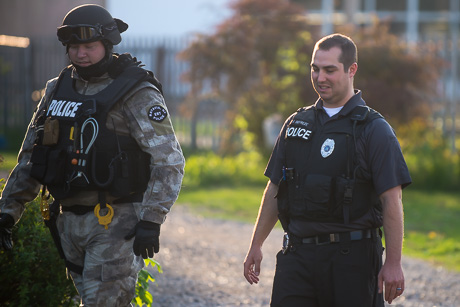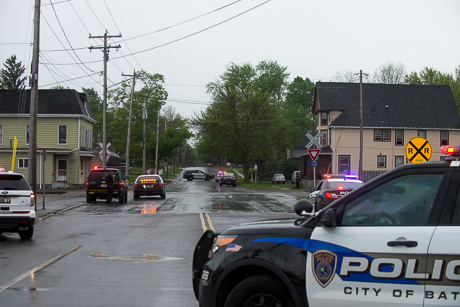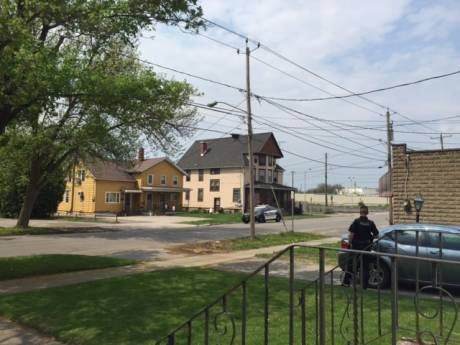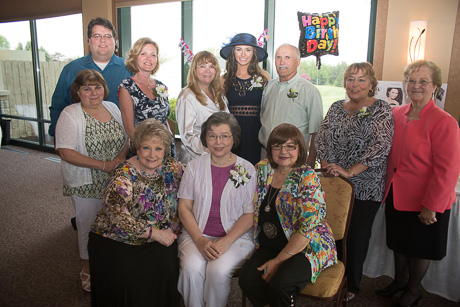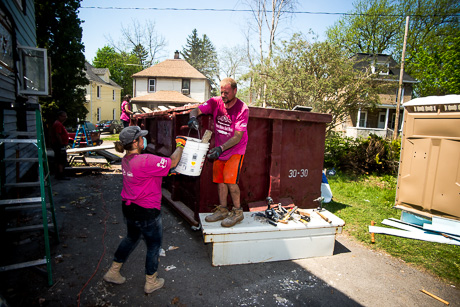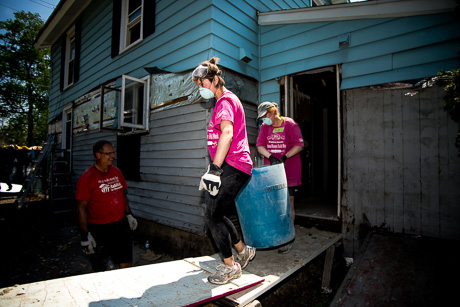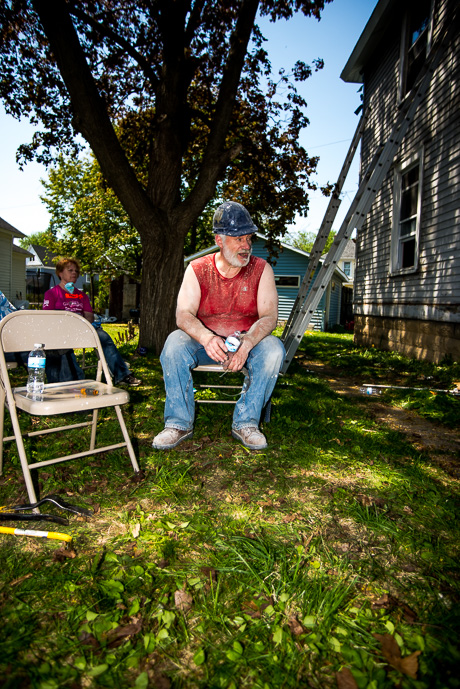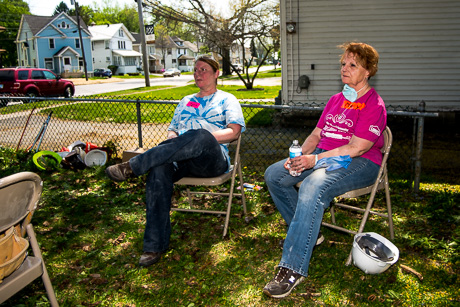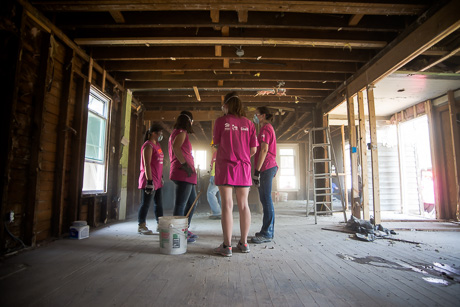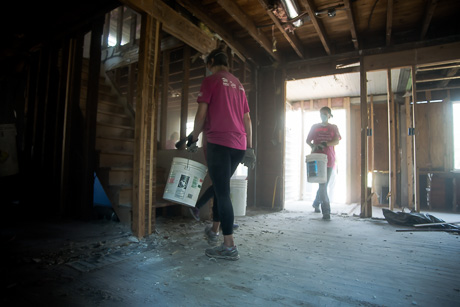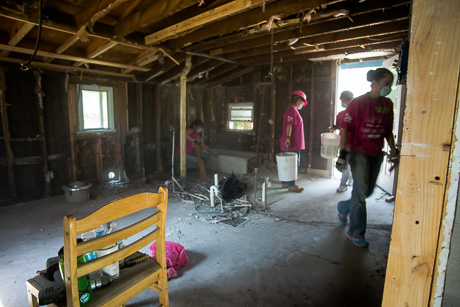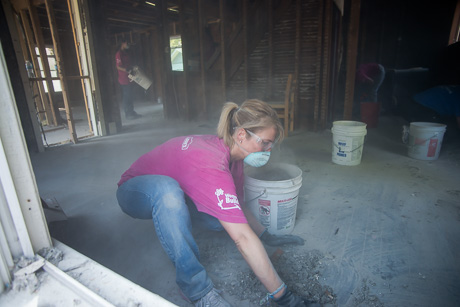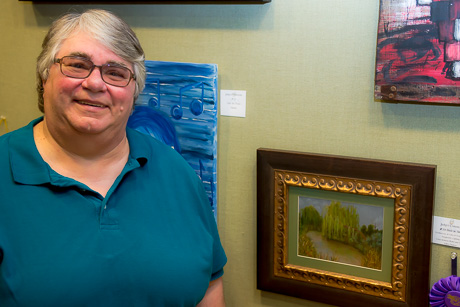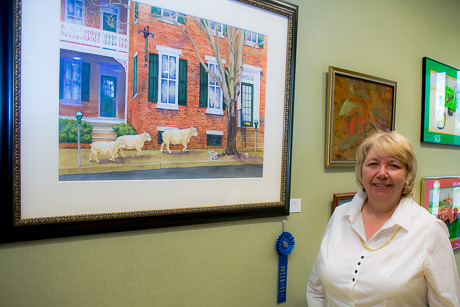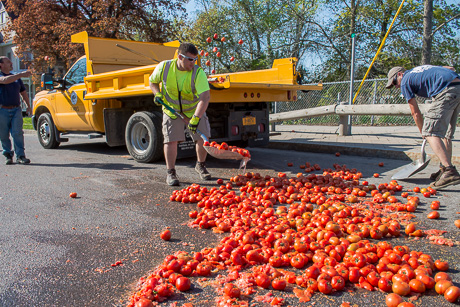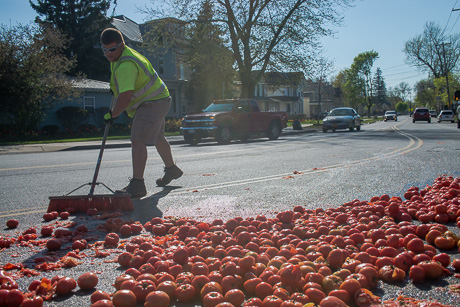City expands effort to find solution to stray cat issue
The city's effort to come up with a strategy for dealing with stray cats, aka, "community cats," will now move to a committee phase with the inclusion of representatives from county government.
Assistant City Manager Gretchen Difante told Council on Monday night that she's met with County Manager Jay Gsell, which led to a meeting with Public Health Director Paul Pettit, who agreed to assign a staff member to the committee. The committee will also include a representative of the Animal Shelter.
Difante said the committee is nearly in place, but she's still trying to find a local veterinarian to serve on the committee.
The job of the committee will be to review all the research, explore what's going on in the community now related to feral and stray cats, and come up with a comprehensive plan for how to deal with the issue.
People care passionately about the issue, Difante said, and she and others in the city have gotten a tremendous amount of feedback from local residents since she first presented potential solutions to the problem in March. The range of suggestions from residents include doing nothing up to poisoning them all.
Difante's original presentation included three members of a pro bono legal team out of Buffalo that specializes in this matter and a lengthy written report detailing the pros and cons of every potential option for dealing with stray cats with the recommendation that communities follow a practice known as TNVR (Trap, Neuter, Vaccinate and Return).
That program, since first proposed, has generated some opposition, including from some on Council.
Councilman Eugene Jankowski expressed some interest in alternatives including getting captured cats adopted or euthanized.
But TNVR doesn't exclude those options, Difante said.
"There's a lot of pieces of TVNR that we're not talking about," Difante said. "It's a very comprehensive piece."
Part of the job of the committee will be to explore ways to bring into the process those people in the community, either as inviduals or as part of groups, who are already dealing with stray cats, either through their own mini-TVNR effort or simply by feeding and sheltering stray cats.
"People who take care of feral cats, of community cats, are not likely to stop, no matter what you do, so best practice TVNR says make those people part of the solution; bring them in, give them training," Difante said.
After the meeting, Difante said she thinks the committee approach is the next best step.
"When we're all on the same page and putting all of our effort into targeting them in one approach and we're all bought into that, we're going to have a lot more positive impact that we could ever have when we're scattered," Difante said.
While a great deal of fact-based research backing TNVR has been presented to Council, the committee will present an opportunity for a more local approach.
"It was a solid research piece, but getting people involved in the community in the research is what Council needs to hear," Difante said.
The inclusion of the county, the wider geographic area, is going help the city secure grants to fund any sort of TVNR program, Difante said.
"I believe that if we don't try to have this be a citizen, community effort and explore every opportunity to be able to work with existing nonprofits who can help us with access to grants, then we're doing a disservice," Difante said. "That's where we need to start because trying to figure out how to get money from taxpayers to fund this is not the way to start."
Since this is an issue a lot of people are passionate about, whatever the final determination is, there will be detractors, Difante said.
"We need to acknowledge the fact that we're not going to please everybody," Difante said. "There's no way we're going to come up with something where everybody is going to be happy about. We have to decide what we're going to do and then march towards that."

